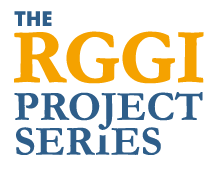After finishing the most recent comprehensive program review, the RGGI states agreed to significant updates to their governing Model Rule, including extending the RGGI regional emissions cap through 2030 and tightening the cap by an additional 30% from 2020-2030.
The RGGI program is now well positioned for expansion, and several states are moving to link or join with the RGGI states. Virginia is adopting its own trading program designed to link with RGGI; New Jersey’s Governor announced that his state will rejoin RGGI. Other states with carbon reduction and clean energy goals are exploring the RGGI model and its lessons, interested in creating their own program and/or possible linkage with RGGI states.
Economist and energy experts agree a broader market is a better market. The RGGI Project Series has been at the forefront of independent analysis of rapidly changing electricity market trends and expanding carbon trading markets.
The Series cut through perceived barriers to linkage by analyzing the “trading basics” and identifying the best program design features for consideration by RGGI and new states.
Flexible, nimble and vigilant, the Series responds promptly to new substantive issues critical to states. For example, the Series provided a pivotal objective modeling analysis of a proposed cost design innovation – the Emissions Containment Reserve – to improve the efficiency of allowance supply and low prices. The new RGGI Model Rule includes the first ECR for a carbon-trading program.




